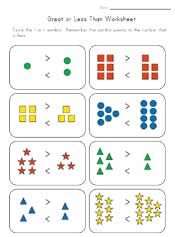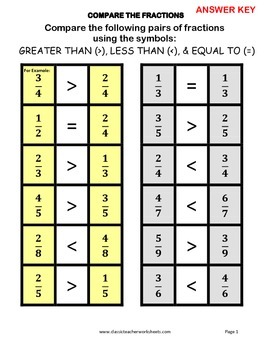

The different product lifetimes lead to a substantial shift in industrial use sector and polymer type between plastics entering and leaving use in any given year (tables S4 and S5 and figs. For comparison, we estimate that plastic waste generation in 2010 was 274 Mt, which is equal to the independently derived estimate of 275 Mt by Jambeck et al. Thus, in 2015, 105 Mt were added to the in-use stock. We estimate that in 2015, 407 Mt of primary plastics (plastics manufactured from virgin materials) entered the use phase, whereas 302 Mt left it. The building and construction sector, which has used 69% of all PVC, is the next largest consuming sector, using 19% of all nonfiber plastics (table S2). Approximately 42% of all nonfiber plastics have been used for packaging, which is predominantly composed of PE, PP, and PET. Together, these seven groups account for 92% of all plastics ever made.


Polyester, most of which is PET, accounts for 70% of all PP&A fiber production.

The largest groups in total nonfiber plastics production are PE (36%), PP (21%), and PVC (12%), followed by PET, PUR, and PS (<10% each). Plasticizers, fillers, and flame retardants account for about three quarters of all additives (table S3).
#FRACTIONS GREATER THAN LESS THAN EQUAL TO SONG 3R PLUS#
When including additives in the calculation, the amount of nonfiber plastics (henceforth defined as resins plus additives) manufactured since 1950 increases to 7300 Mt. On average, we find that nonfiber plastics contain 93% polymer resin and 7% additives by mass. Data on fiber and additives production are not readily available and have typically been omitted until now. We compiled production statistics for resins, fibers, and additives from a variety of industry sources and synthesized them according to type and consuming sector (table S2 and figs. Plastic waste is now so ubiquitous in the environment that it has been suggested as a geological indicator of the proposed Anthropocene era ( 11). Contamination of freshwater systems and terrestrial habitats is also increasingly reported ( 7– 9), as is environmental contamination with synthetic fibers ( 9, 10). Plastic debris has been found in all major ocean basins ( 6), with an estimated 4 to 12 million metric tons (Mt) of plastic waste generated on land entering the marine environment in 2010 alone ( 3). Thus, near-permanent contamination of the natural environment with plastic waste is a growing concern. The only way to permanently eliminate plastic waste is by destructive thermal treatment, such as combustion or pyrolysis. As a result, they accumulate, rather than decompose, in landfills or the natural environment ( 6). None of the commonly used plastics are biodegradable. The Saharan dust input to the Gran Canaria profile in the Pleistocene persisted in spite of climatic variations.The vast majority of monomers used to make plastics, such as ethylene and propylene, are derived from fossil hydrocarbons. Linking the quartz content in Canarian soils, the Ingenio paleosol, and two Canarian loess-like deposits to different ages from the Quaternary, we hypothesized that the dust input should be lower (about 33–38%) throughout the early to middle Pleistocene than during the late Quaternary. Variations in quartz and iron oxide concentrations in the paleosol likely reflect different Saharan dust input in more/less-contrasted rhexistasic/biostatic climatic conditions. Significant and variable Saharan dust content was identified in addition to weathering products such as iron oxides and clay minerals. Geochemical, mineralogical, and textural analysis was performed on a well-developed and representative early Pleistocene paleosol to examine Saharan dust contribution to Gran Canaria. Climatic oscillations may affect the Saharan dust input to the island. The island of Gran Canaria is regularly affected by dust falls due to its proximity to the Saharan desert.


 0 kommentar(er)
0 kommentar(er)
